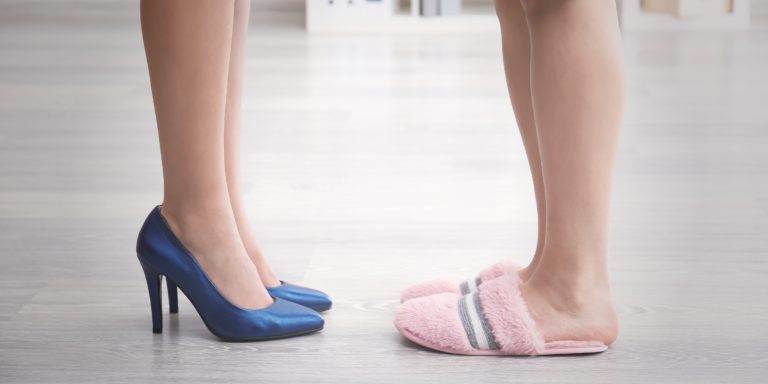
Will you or won’t you return to the office? Better yet, do you need to?
I hear these simple questions, or some variation, on a very regular basis. So, are you going to return to the office? Do you feel you even need to? If so, when?
On the surface, it seems like a very easy question to answer, but the ramifications and tradeoffs actually run much deeper and it requires a more thorough understanding of our business and cultural needs in order to answer properly.
Our Journey
Like so many organizations in 2019, we were an office first company. Most (if not all) team members were expected in the office five days a week, and working from home was a very rare exception. In fact, pre-pandemic, our team had to log a “Work from Home” day in our HR system – which kind of shows you how averse we were to remote work.
Then came March of 2020 – we went from thinking about the potential of needing to work from home as an organization, to virtually everyone doing it in the span of about a week. There were a lot of unknowns: as a company that designs and builds connected products, could we continue to service customers? Would we be effective? Would our systems function remotely? How do we use the hardware lab safely? Who would look after our office fish?
The team really came together and ensured that working remotely would be successful. We made sure that everyone had access to all the tools and systems they needed. We provided a plan for team members that covered costs related to office set-up and other ongoing costs. We fully embraced Zoom, Slack and a host of other tools, and our fish found a home with Taylor Gray, our Office Manager and HR rep.
Our Experience
Over the last 18 months, we’ve had a lot of time to see first hand what’s working and what isn’t. Where remote work has been a benefit, and where it’s an issue. While we’re power users of Zoom, we also recognize that Zoom fatigue is real, and some of us are simply in too many meetings. We’ve actively changed our settings in our meeting app to limit session durations to provide opportunities for short breaks in between meetings and put a stop to constant back-to-backs.
Working at home means saving the commute time, but it also means that you’re in the same environment every day. We’ve created some neat ways for our teams to get active and create variability in their day to ensure we are energized and reduce the tendency for teams to work long stints without moving from their chair. Plus, It’s allowed our team the flexibility to move further from the office if that’s what they want. Does this work? I think it does for some types of work, and doesn’t for others.
We were able to continue delivering world class connected products… while working remotely from all corners of the globe.
What Matters to Us
When we review with our teams what is of top importance – it’s not being in the office five days a week. What matters to us is that our teams can maintain a healthy work-life balance and have the flexibility to work in the best space for the type of work they’re doing. By doing this we know that we will continue to delight our customers and meet our commitments to them.
Equally important as a business, is that we were able to continue delivering world class connected products to our customers. Within the first 8 months of the pandemic, we brought on new customers, entered new markets, completed new projects in record time, and even introduced additional technologies into our portfolio. All while we worked remotely from all corners of the globe.
Innovation and Inspiration can come from many different places, and we want our teams to have the flexibility to find that wherever most appropriate for them. Of course, some work lends itself better to an in-office experience (brainstorming, collaboration, social connections), and then lots can be done remotely (deep problem solving/understanding, focused work).
So, when I hear the question “Will you or won’t you return to the office?”, my answer is this:
We’re going to continue to do what’s best for our team and our customers. For some this means being in the office a lot, for others, not so much. We have confidence that our teams know where they need to be in order to perform at their best.
And, as for logging “Work from Home” days in our HR system – I can confidently say that we won’t be bringing that back.
Sign-Up for our Newsletter
